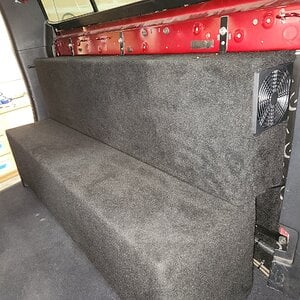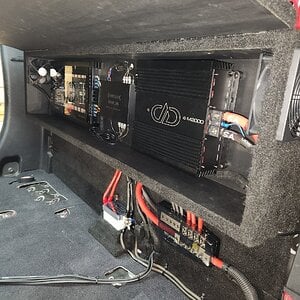Yep, I hear you. I'm not saying the feedback loop has no place or use, that would be silly to suggest. Negative feedback loops are important. Just not for every scenario, and it's equally important to know how and when a non-negative feedback design should be implemented. They won't work for everything.
I was looking for one article in particular to help more with why fuzzy sound and harmonics are actually very appealing to us but I can't find it at the moment. I did come across this little blurb along the same lines.
https://www.stereophile.com/news/10065/
Yeah, the Zausmer BMW with 15's in the kicks. Pretty inspiring build. I believe those Milberts were full fledged tube amps rather than hybrids with tube front ends, so yeah, that would be the real deal. Milbert tube sound on a B&W front stage, Zapco high current bipolar transistor sound/power on the 15's. The results speak for themselves.


